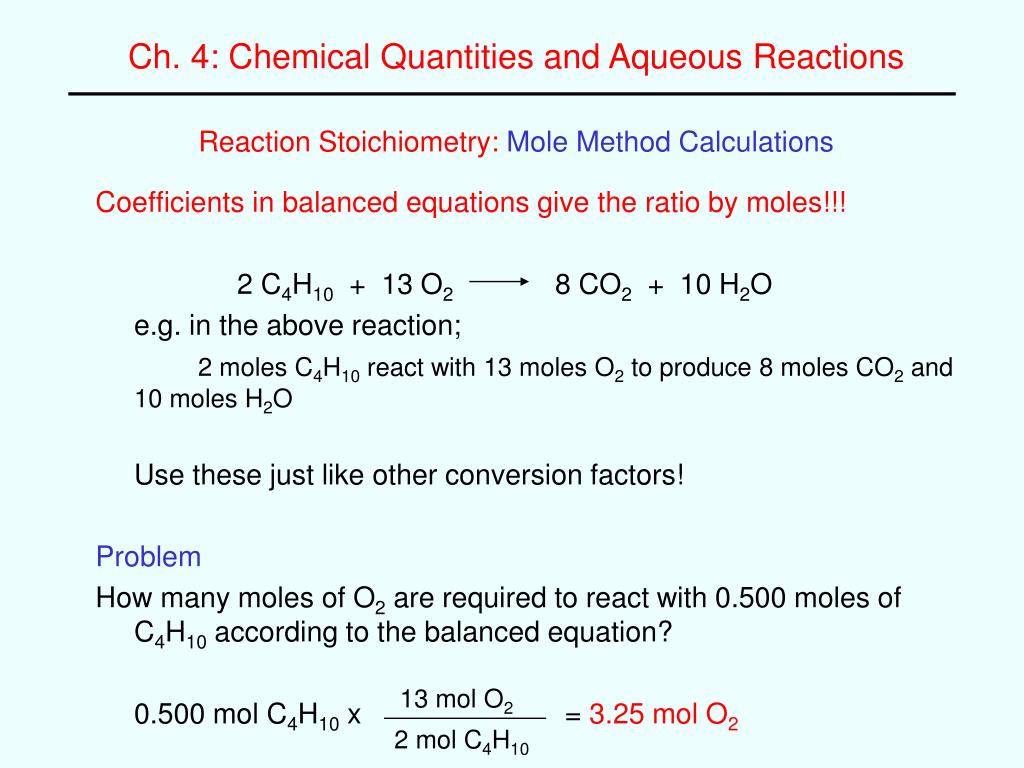


So how many H do we have? There’s a small 2 at bottom right of H, that means we have 2 H, but since there’s a big 2 in front of H 2O, that means we actually have 2 × 2 = 4 H. Remember what we need to do if there’s a number in front of the term H 2O (like in #4 where we have 3in front of (NH 4) 2O)? It’s like saying we have 2 of H 2O. So we move on to the new stuff, “ ⋅2H 2O”. But, notice O also appears in H 2O after the dot. We can count the number atoms before the dot ( FeC 2O 4) in our sleep by now. Okay…so what does it mean to us when we are trying to count atoms? Just take it as if 2 H 2O is part of the entire molecule. That’s a short answer, by the way. If you are curious about the water of crystallization, you can read more about it on Wikipedia. What does that mean? In our example, it means 2 water molecules are trapped in the iron(II) oxalate crystals. Something new in the formula! There’s a dot right smacked in the middle. What if we have an even more complex formula? That’s how we got 24 H.įor O, we have 1 × 3 = 3 O. Remember the 3 in front of the whole formula? So that means whatever we have counted so far for H, there are three times of that, (4× 2) + (4× 2) + (4× 2), which is the same as 4 × 2 × 3. So that means 4 × 2 (we covered that for example #3 above). Then outside the bracket, there’s a 2, that means whatever that’s inside the bracket, we have 2 of it. So that means whatever we have counted so far for N, there are three times of that (1× 2) + (1× 2) + (1× 2), which is the same as saying 1 × 2 × 3. But we’re not quite done yet because there’s a 3 in front of the whole formula. So that means 1 × 2 (we covered that for example #3 above). How did I get that? Well, inside the bracket, we have 1 N.

So, if that’s the case, how many N do we have? We have 1 × 2 × 3 = 6 N. It’s the same as saying (NH 4) 2O 3 times: (NH 4) 2O, (NH 4) 2O, (NH 4) 2O. What does that 3 signify? Well, if it’s placed in front of the formula, it means there are 3of the entire formula. This formula looks quite similar to #3, except there’s a 3 in front of the entire formula.

Since there’s no number at the bottom right of O, it means we have 1 O. What about H? We apply the same method: 4 × 2 = 8 H. From NH 4, there’s 1 N, but since there’s a 2 outside of the bracket, that means we actually have 1 × 2 = 2 N. So since there are two groups of NH4, that means we have 2 N in total. What’s up with the bracket? It’s used to easily group a formula together. Notice the bracket covers NH 4? And to the bottom right of the bracket, there’s a 2? Well, that means there are 2 groups of NH 4. This formula looks a bit more complicated than the previous two. Why is NH 4OH written the way it is? Why not write it as NH 5O and make it easier for us to count atoms? You could, but most of the time, you’ll find it’s written as NH 4OH so that it’s easier to identify the components that make up this ionic compound – NH 4 + and OH –. Since H appears in two parts in the formula, we should add up the total H atoms: 4 + 1 = 5 H. This formula has three types of atoms – nitrogen (N), hydrogen (H) and oxygen (O). So here are what we found:ĭoing ok so far? Let’s bring it up a notch. So, in total we have a total of 5 atoms in the CH 4, 1 C and 4 H. If there’s no number written, it means there’s 1. Only values of 2 and above are written out. For carbon, notice there’s no small number at its bottom right? That means there’s 1 carbon atom. You notice the small 4 at the bottom right of hydrogen? That number will tell you how many of that atom is present in the formula. In this formula, there are two types of atom, carbon (C) and hydrogen (H).
Chemical equation calculator free#
So, are you ready? Feel free to scroll past the easy stuff if you’re already good with the basics. In this post, we’ll go through counting atoms from simple to more complex formula. Counting the actual number of atoms will come in a later post. Just to be clear, I am talking about counting the number of atoms present in a chemical formula without involving your calculator. perform (terrifying) calculations involving mass-mol-# particles for several substances.calculate mols for a specific substance.Counting atoms … What’s in it for me if I can count atoms correctly?


 0 kommentar(er)
0 kommentar(er)
